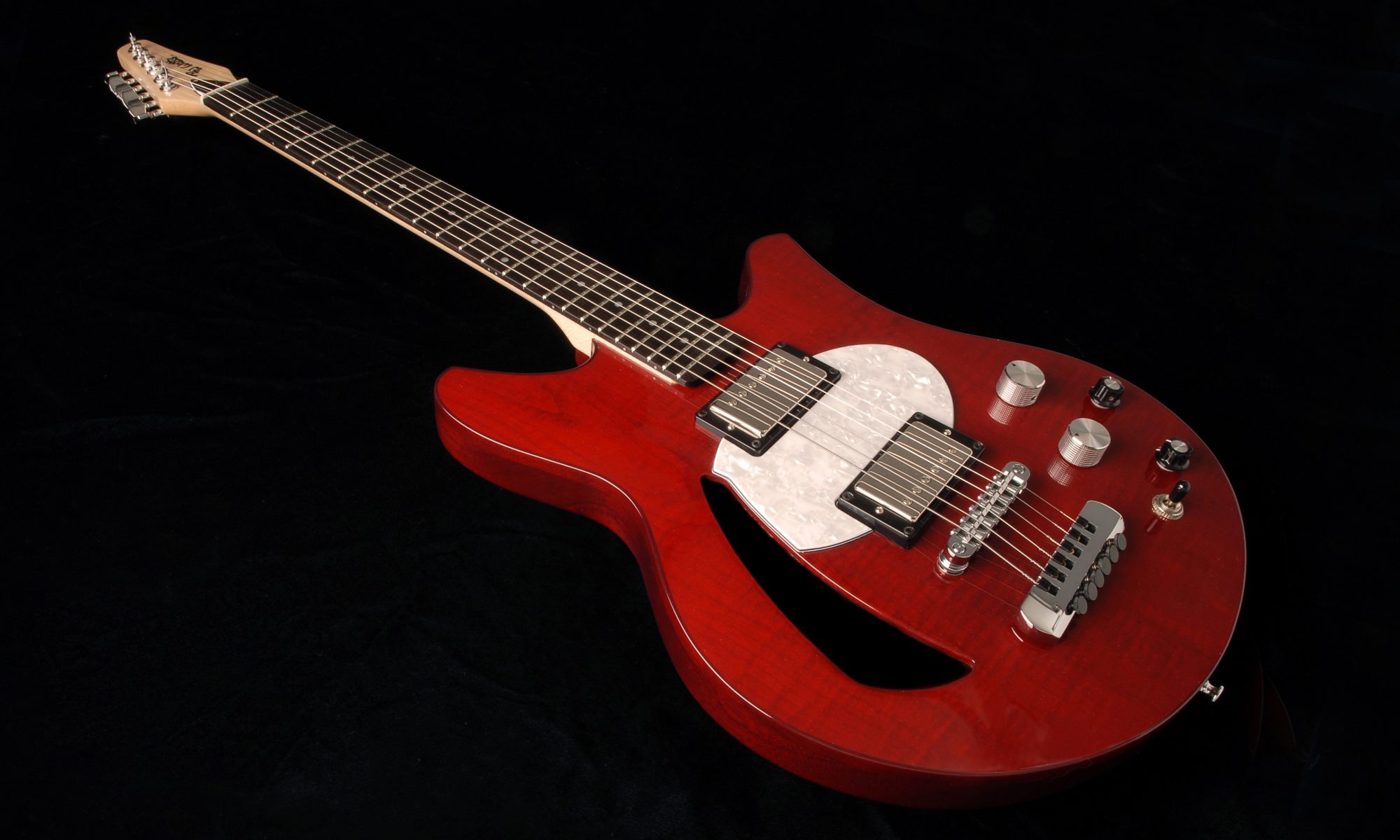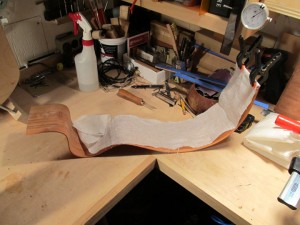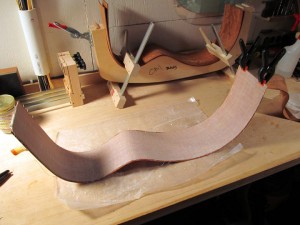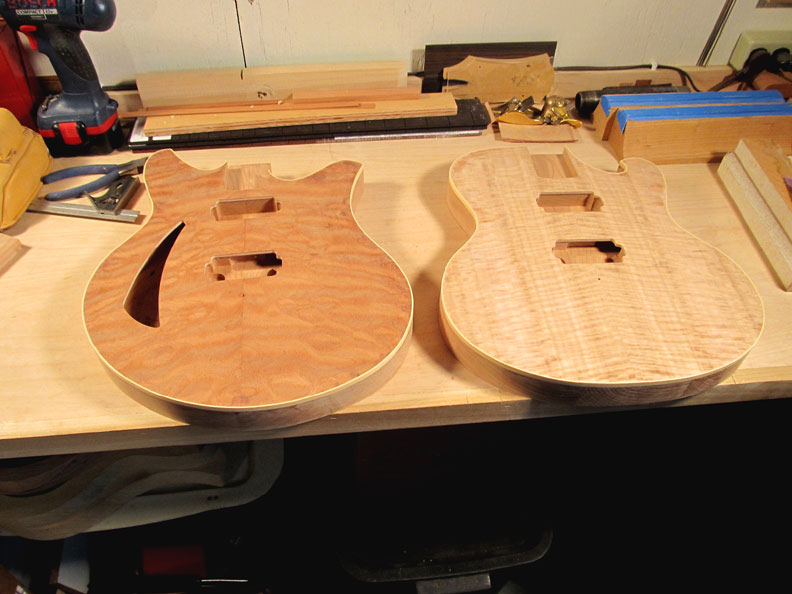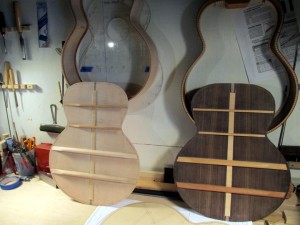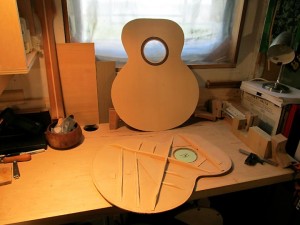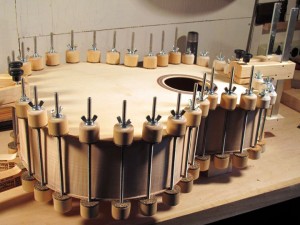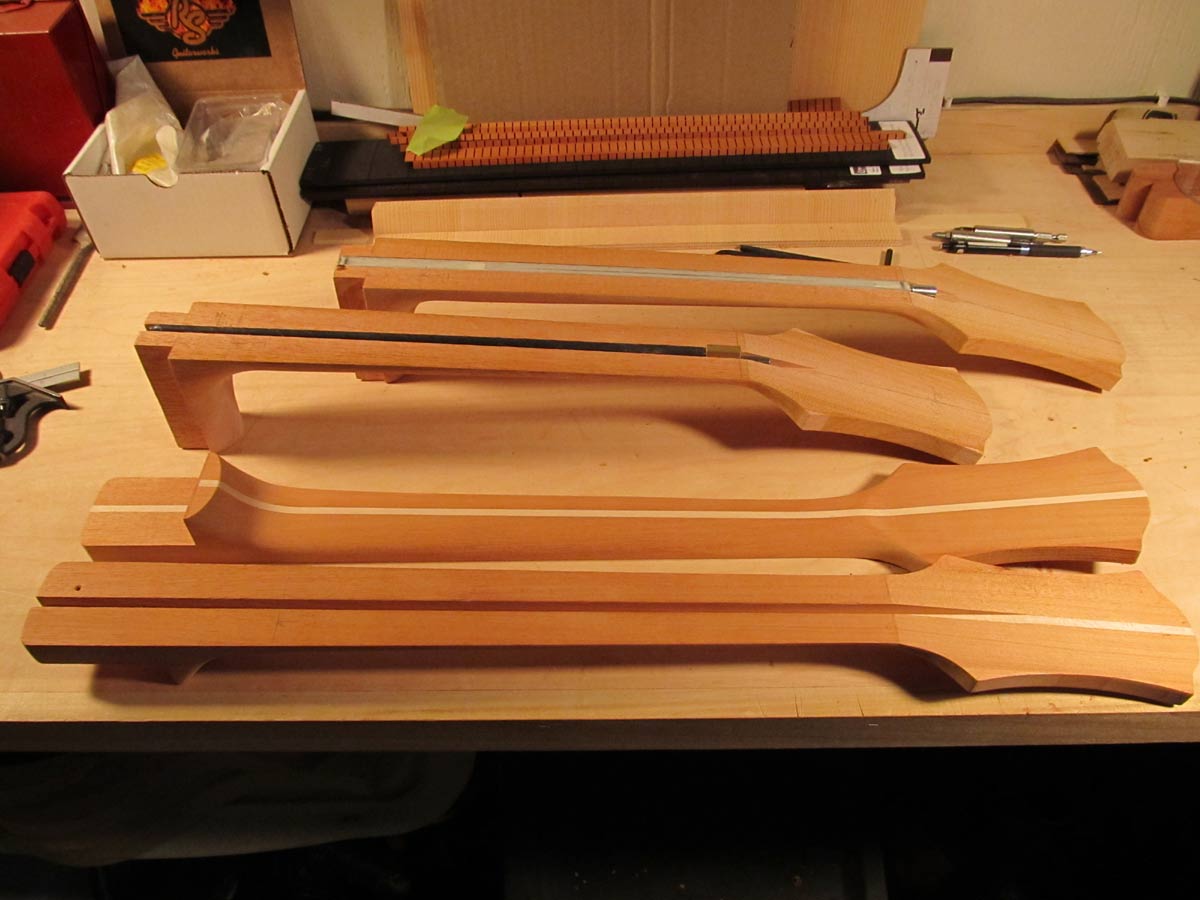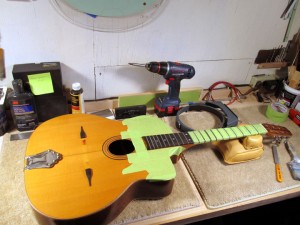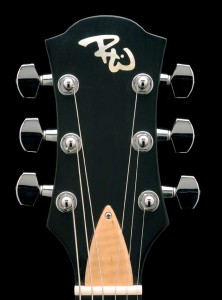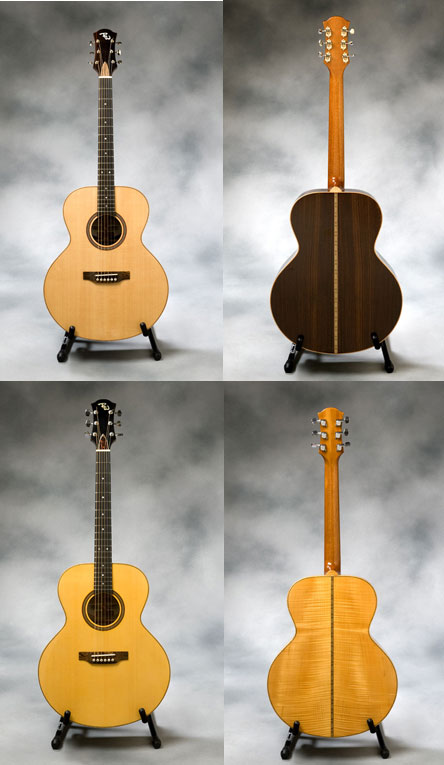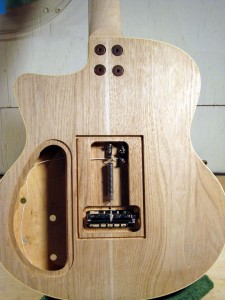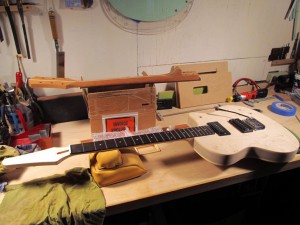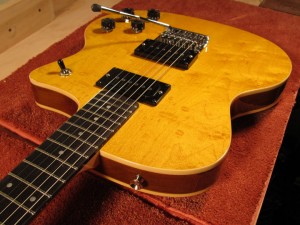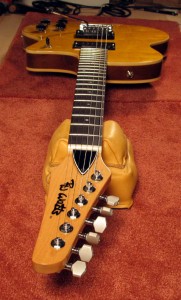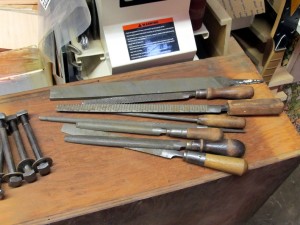Stradivarius
When I was young, I remember occasionally reading articles that were concerned with great philosophical matters, i.e. what made Stradivarius violins so exceptional. Antonio Stradivari, the Cremonese luthier, who made his instruments primarily between 1660 and 1730, is still considered THE master builder of violins all these centuries later. Scientists and craftsmen alike considered whether there was something specific to his choice of materials that accounted for his superior instruments, or was it the varnish he used? Was it the glue? What could account for their extraordinariness? Though this debate still goes on to some extent, those who believed in the varnish and glue theories have pretty much fallen away. About a dozen years ago, I recall reading yet another article on this topic, and I will paraphrase the author’s conclusion as, it’s the wood stupid. Continue reading “Stradivarius and OM Sides”
